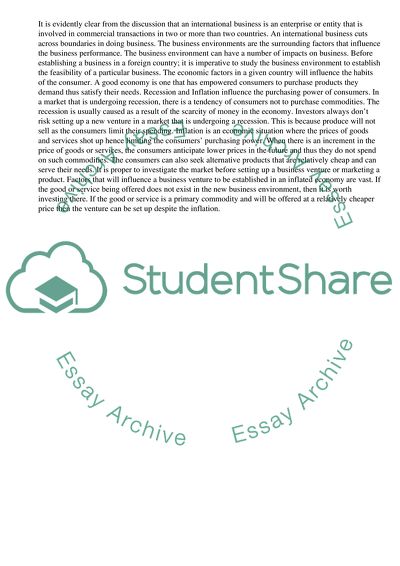Cite this document
(“UAE Multinational Corporations' Strategies Term Paper”, n.d.)
Retrieved from https://studentshare.org/business/1641242-uae-multinational-corporations-strategies
Retrieved from https://studentshare.org/business/1641242-uae-multinational-corporations-strategies
(UAE Multinational Corporations' Strategies Term Paper)
https://studentshare.org/business/1641242-uae-multinational-corporations-strategies.
https://studentshare.org/business/1641242-uae-multinational-corporations-strategies.
“UAE Multinational Corporations' Strategies Term Paper”, n.d. https://studentshare.org/business/1641242-uae-multinational-corporations-strategies.


